Thank you to the Builders Hardware Manufacturers Association (BHMA) for this updated technical bulletin (link at the bottom)!
~~~
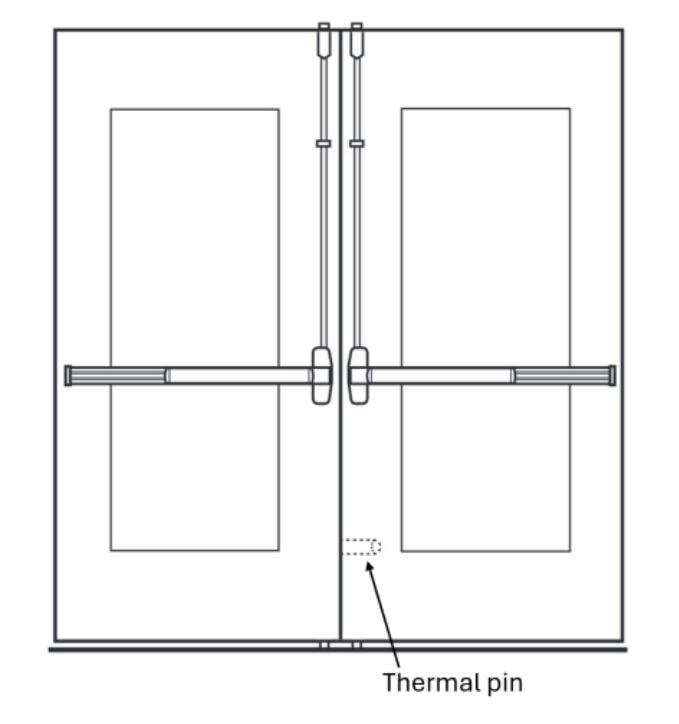 Every so often, someone raises a question about the auxiliary fire pins (AKA thermal pins, fire bolts, fusible alignment pins) that are typically used with less bottom rod (LBR) or less bottom bolt (LBB) applications. Their concern is that once the pin projects during a fire, the doors are no longer available for egress or for firefighter access.
Every so often, someone raises a question about the auxiliary fire pins (AKA thermal pins, fire bolts, fusible alignment pins) that are typically used with less bottom rod (LBR) or less bottom bolt (LBB) applications. Their concern is that once the pin projects during a fire, the doors are no longer available for egress or for firefighter access.
The purpose of the pins is to align the doors during a fire, keeping them in the closed position to help contain the smoke and flames and protect the means of egress on the non-fire side of the doors. For example, if a fire is contained in an electrical room, for a period of time the fire doors would help to protect the egress corridor that passes the doors on the outside.
At the point in the fire where the pins project, the temperatures are well above what a building occupant or a firefighter could withstand. The doors are no longer required for access or egress – they are typically fused in place because of expansion of the door, and the hardware no longer functions to release the latch. Here’s a photo of what fire exit hardware looks like after the fire test (the original post is here):
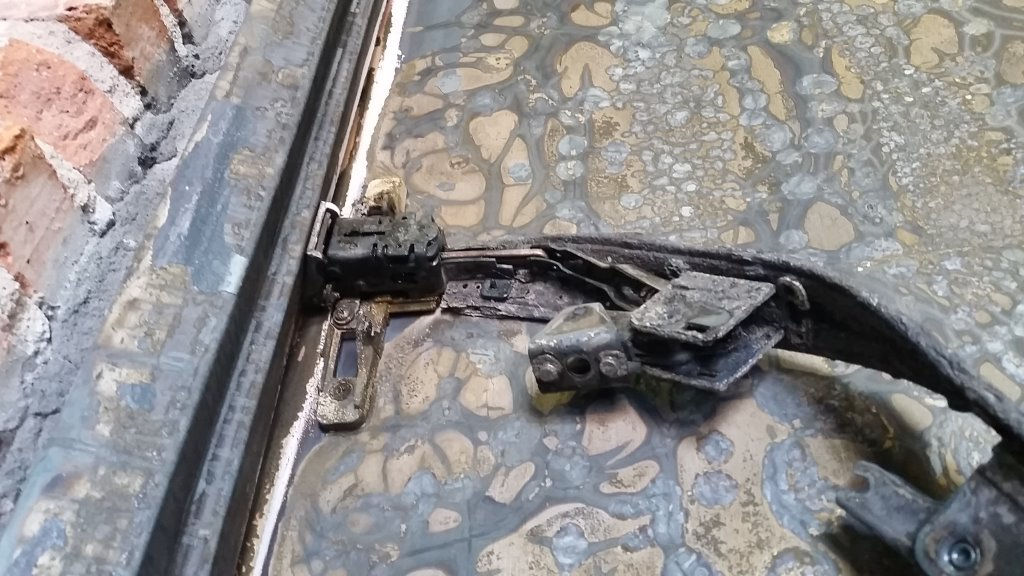
BHMA has updated a resource that addresses the technicalities of these pins, and it is extremely helpful when explaining this application to code officials and others who have concerns. You can download this bulletin here or on BHMA’s website.
You need to login or register to bookmark/favorite this content.

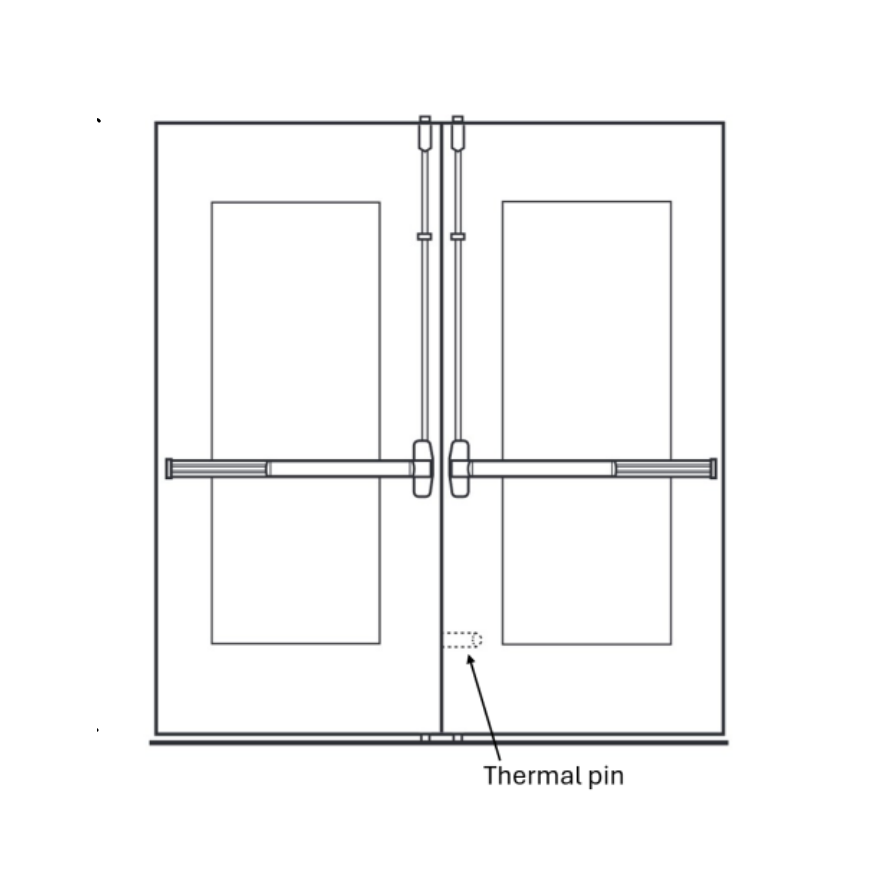

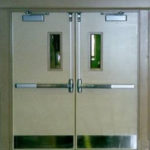

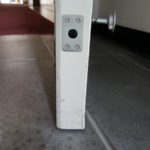




I wonder what per cent age of firefighters,,, know about fire pins???
And if needed,,, how easy it is to defeat them?
Hi Charles –
I’m guessing not many firefighters know about them because:
a) It is extremely rare to see a fire pin projected.
b) Based on the info in BHMA’s bulletin about survivable temperatures, firefighters would not typically be trying to go through a door with a projected fire pin.
c) After a fire, doors that were directly exposed will not operate like normal doors – regardless of whether they have a pin or not. The hardware doesn’t work, the door may be fused in the frame, some components melt off of the doors.
I don’t think it is any harder to defeat the pin than it is to defeat the rest of the hardware after the fire.
– Lori
when can you tell if doors need to have fire pin installed or not?
Hi Daniel –
Most pairs of fire doors without the bottom rods and latches require the pins, but to be absolutely sure you would need to check with the manufacturers of the doors and hardware.
– Lori